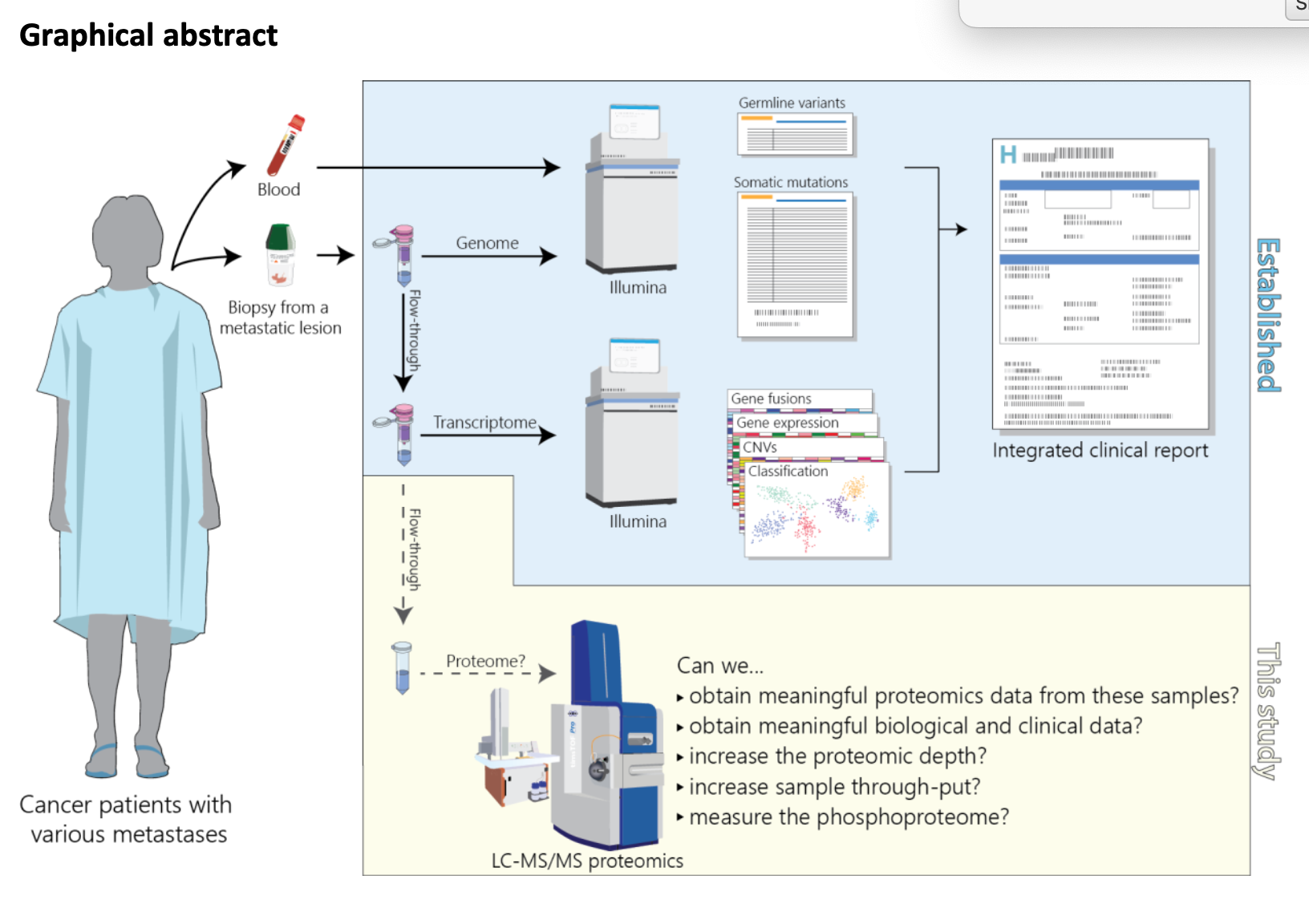Illumina have finally dropped the NeoPrep from their lineup after a short but pretty rocky road. Launched at AGBT15 the instrument promised hassle free library prep automation for users that did not require full 96well plate production-scale solutions. Early access users I spoke to at conferences consistently reported problems with getting reagents in a timely fashion. The withdrawal of support for the box so quickly is likely to cause a headache for the labs that do have it working as they scrabble to find another solution. Do read Keith Robisons post at OmicOmics covering the death of NeoPrep.

At the #AGBT15 launch Gary Schroth (Distinguished Scientist and VP at Illumina) gave the system a big thumbs up stating that his lab had run many 1000s of libraries. In fact Keith seems to have quoted from that talk on his 2015 post covering the launch “Illumina boasted that the demo instrument at AGBT has generated over 5,000 libraries”, this suggests there was a lot of internal testing before the launch – so what went wrong?
Unfortunately I can’t say as I don’t know. But I do know Illumina has a pretty solid reputation for getting it right when it comes to engineering. You’ve only got to look at the “cost of the genome” slide at pretty much any genomics meeting to see how they took what Solexa developed and made it work at scale. Illumina bought the technology from Advanced Liquid Logic, but as Keith points out they were not the first company to try and make elctrwetting work for NGS library prep; NuGEN had tried, and failed, with their Mondrian system (see this YouTube video). I’m sure Illumina did plenty of due diligence when purchasing the technology and had a clear idea of what it would take to make it work.
What went wrong?
So did Illumina simply get this wrong? Or were they hamstrung by problems which only became evident as they pushed for production scale? Both are mistakes companies like Illumina want to avoid. Just looking at the dead bodies littering the basements of next-generation sequencing labs shows how well Illumina have done. But step outside their core Solexa-based engineering and the picture is not quote as rosy.
Illumina have made bad choices before e.g. their Eco qPCR system (2010-2013), although this was not dropped for technical reasons as far as I know. But right now I have concerns about the move to patterned flowcells and the issues the ExAmp clustering chemistry has (read this and this). If these turn out to be problems Illumina cannot resolve, or mitigate for customers, then the future for NovaSeq is worrying. It may be a massive leap in sequencing power…but if ExAmp turns out to be an achillies heel for low-frequency variant calling then Grail/Inivata/MyriadGenetics/Oncocyte/Vermillion/Foundation Medicine/Genomic Health/Biocept/Guardant Health will need to fix these problems themselves.
Keith mentioned both Illumina’s FireFly, and ONTs Voltrax as potentially affected by this setback. He also wondered if Illumina might bring this up in their lunchtime session.
They did not.








Leave A Comment